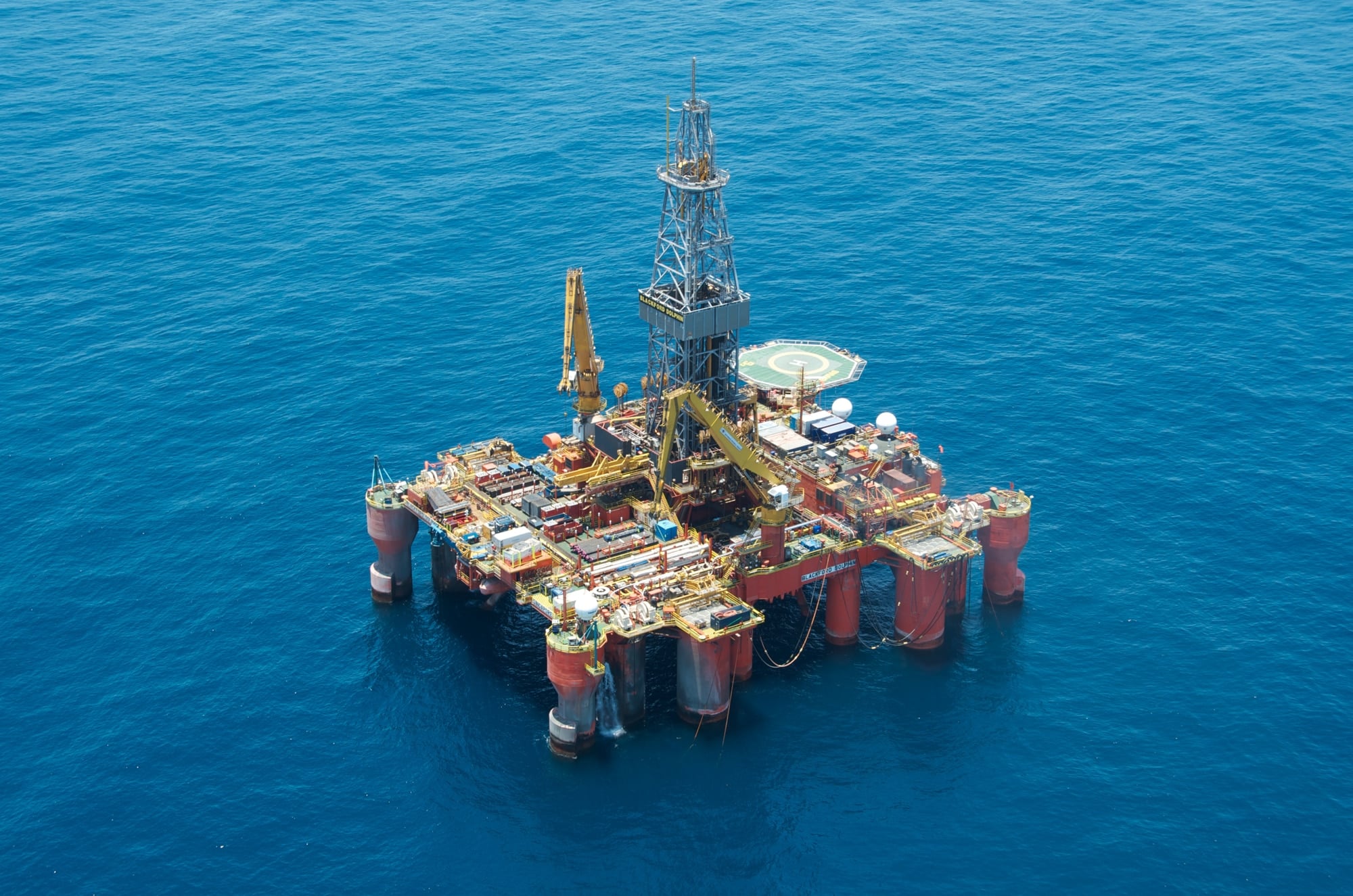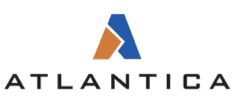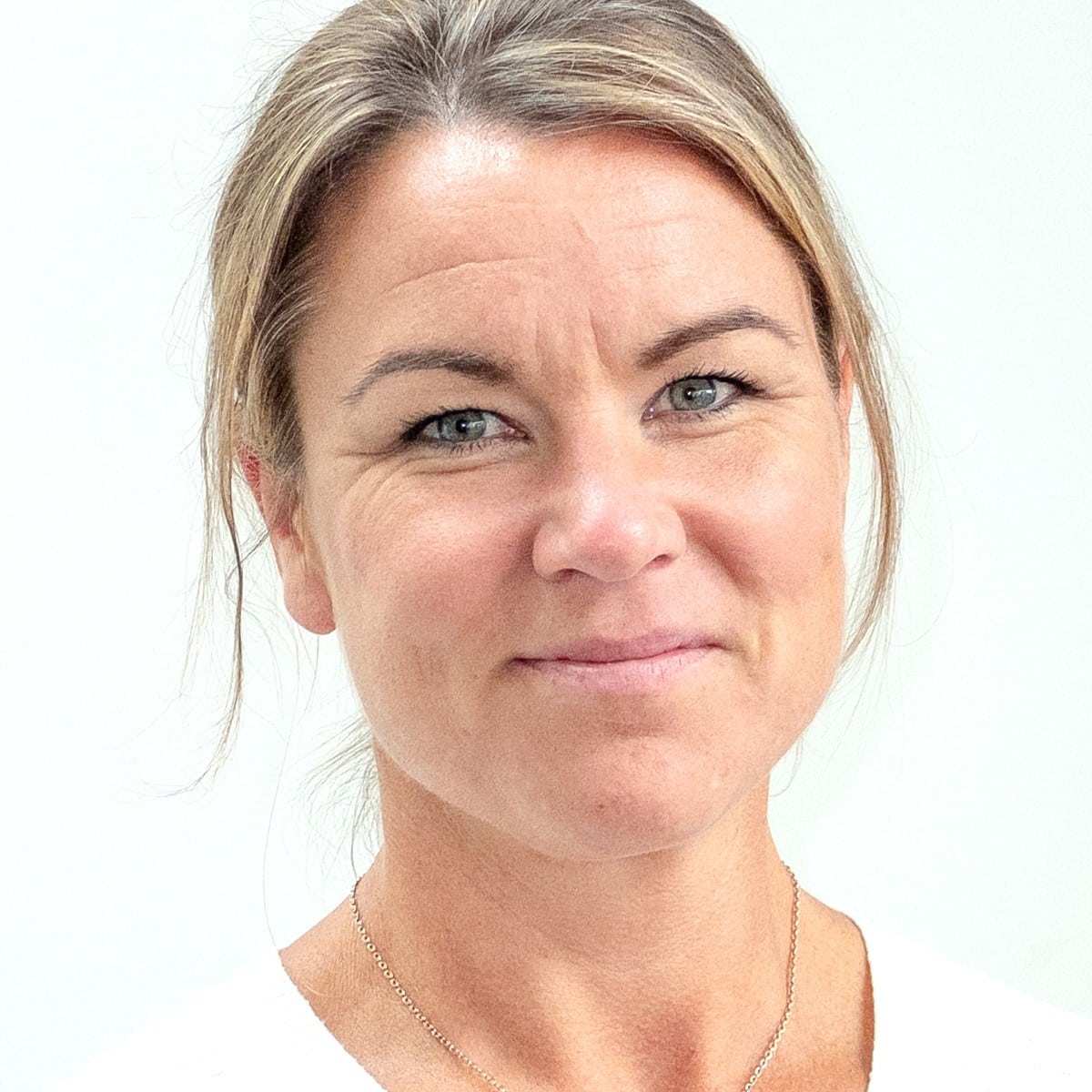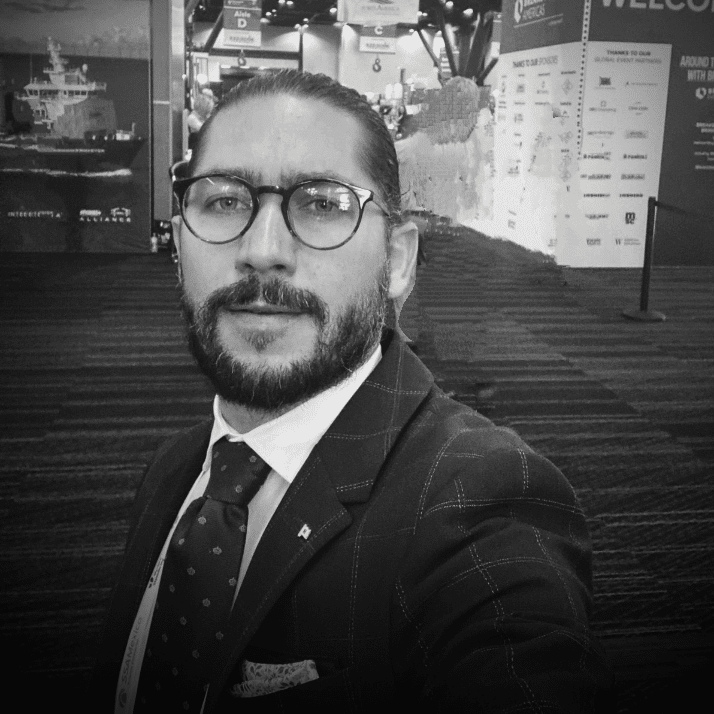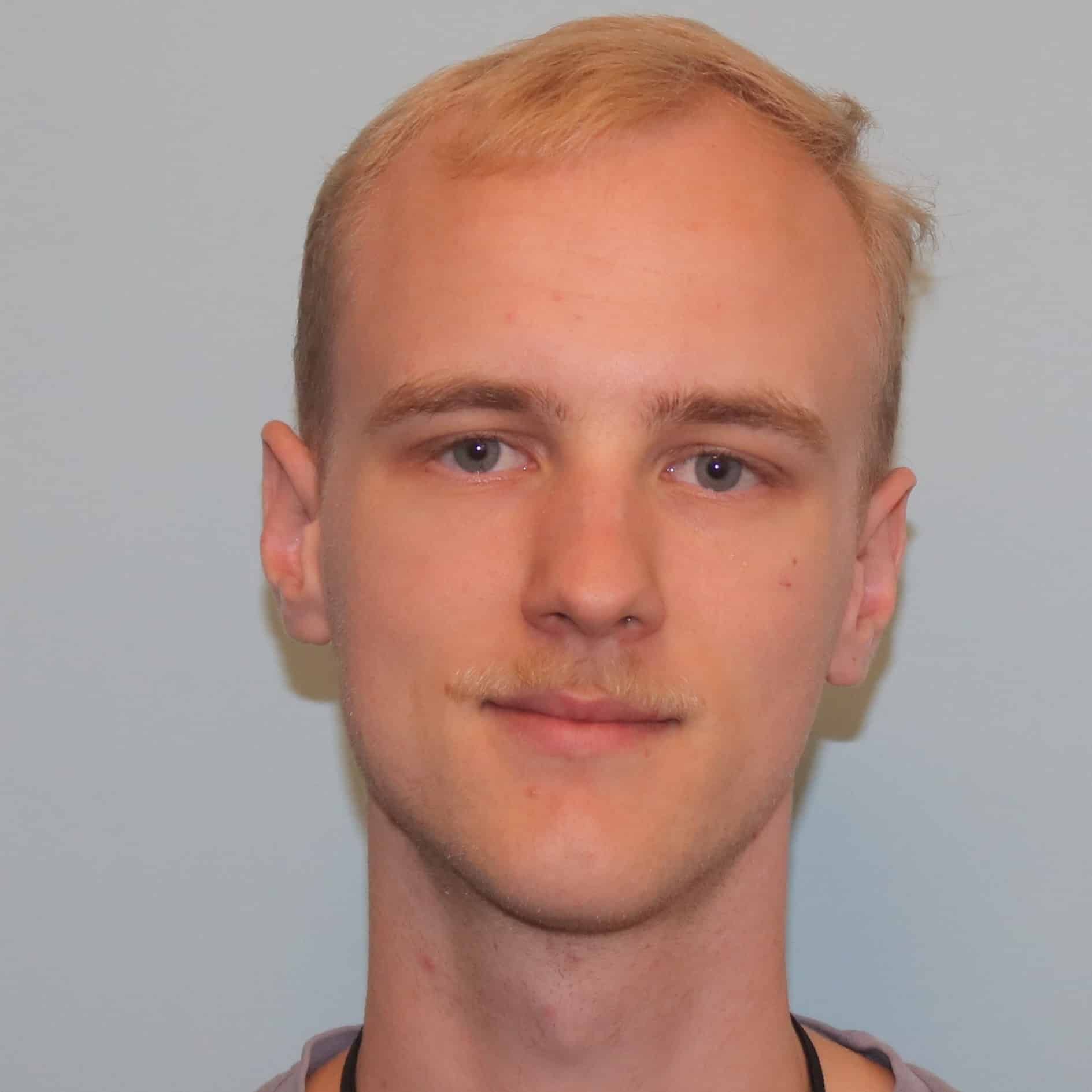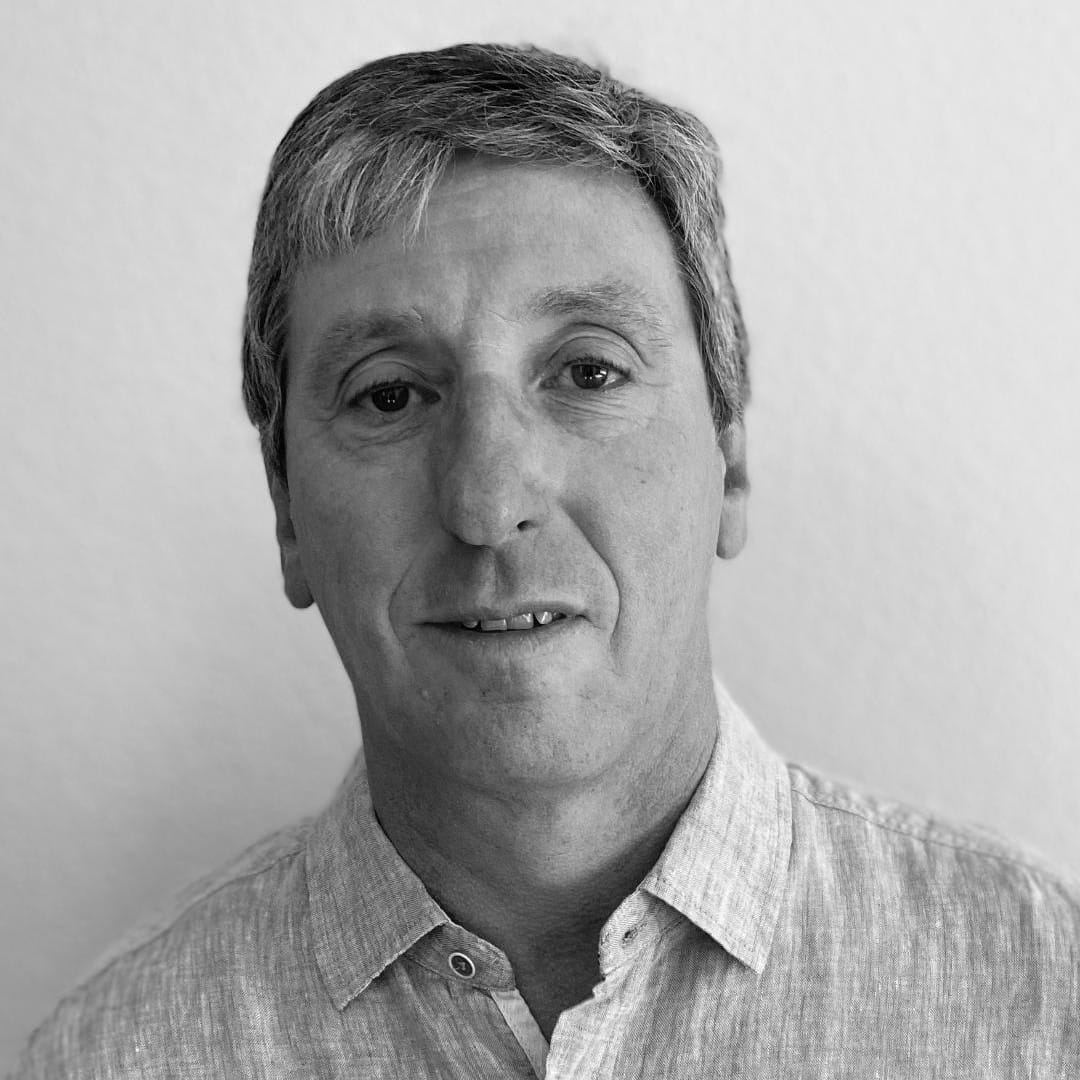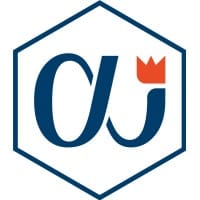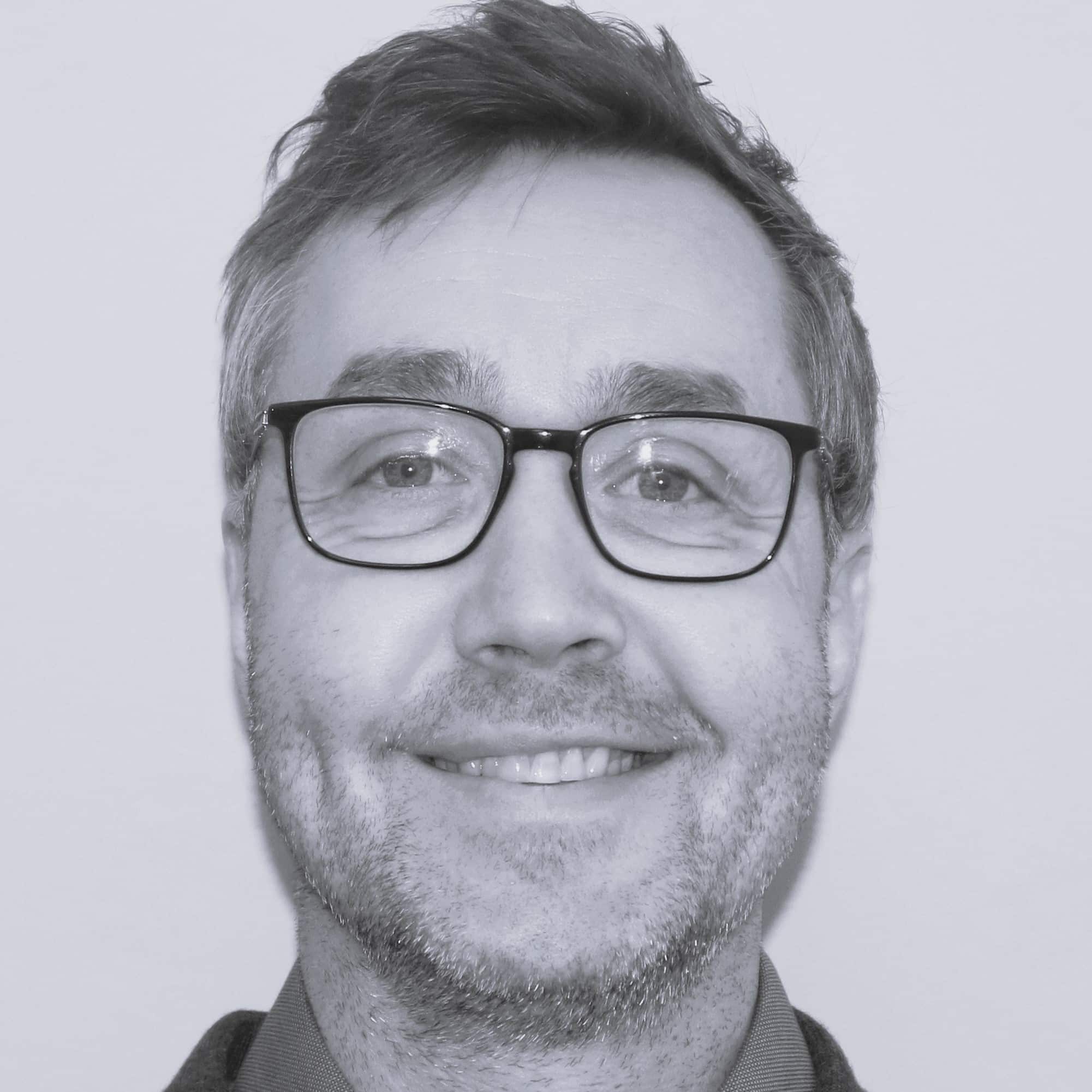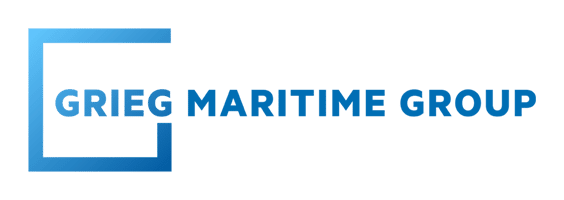This week has been slow in terms of new drilling contract awards; instead, the focus has been on drilling activity and discoveries with fresh finds confirmed in Guyana, China, and Norway.
In case you missed it, you can access our previous Rig Market Roundup here.
Contracts
Dolphin Drilling has announced the award of a $154 million drilling contract from India’s exploration and production company, Oil India Limited (Oil India), to the 6,000-ft semisub Blackford Dolphin. This comes following an October 2023 announcement related to a Letter of Award (LOA) from Oil India. The contract was initially supposed to go to the 1,500-ft semisub Borgland Dolphin, but then Borgland received a contract award with EnQuest in the UK North Sea and Dolphin started discussions with Oil India to award this scope to Blackford. In addition, the Blackford Dolphin’s previously announced contract with Peak Petroleum in Nigeria was terminated due to the operator’s failure to pay the rig’s mobilisation fee. Dolphin has now announced that, under the terms of the final agreement, it will deploy the Blackford Dolphin to support Oil India’s exploration and development activities with operations planned to begin in the second half of 2024. The rig is currently in Nigeria under a contract with GHL. The Oil India contract duration spans a firm three-well drilling campaign over 14 months representing a firm value of $154 million for the rig and associated services, plus an optional period for seven months.
Malaysian offshore drilling firm Velesto confirmed Friday it had recently secured long-term contract extensions for three of its jackup rigs with Petronas Carigali, worth $265 million in total. Velesto said that the contracts, starting on 7 February 2024 and ending on 6 February 2026, were for the Naga 2, Naga 4, and Naga 6 jackup rigs. The contract values are $73,040,600, $94,883,800, and $97,077,800, respectively. The Naga 2 has a rated operating water depth of 350 feet, Naga 4 is rated for 400 feet, and Naga 6 is rated for 375 feet water depth. All three rigs have a drilling depth capability of 30,000 feet.
Drilling Activity and Discoveries
ExxonMobil has reported its first discovery offshore Guyana in 2024 at the Bluefin well on the Stabroek block. Drilled by Stena Drilling 10,000-ft drillship Stena DrillMAX, the well encountered around 197 ft of hydrocarbon-bearing sandstone in 4,244 ft of water. ExxonMobil spud the Bluefin well in the second half of 2023. The well is located in the southeastern portion of the Stabroek block, around 8.5 km southeast of the Sailfin-1 discovery, reported in October 2022. ExxonMobil has made over 30 discoveries on the Stabroek block since 2015.
China’s CNOOC has made a major oilfield discovery in the Bohai Sea, which adds over a hundred million tonnes of oil equivalent proved in-place volume. The discovery well QHD27-3-3 at the Qinhuangdao 27-3 oilfield was drilled and completed at a depth of 1,570 metres, which encountered a total of 48.9 metres of oil pay zones. The field is located in the north-central waters of the Bohai Sea, with an average water depth of approximately 25 metres. The main oil-bearing play is the Minghuazhen Formation of Neogene, and the oil property is medium-heavy crude. The field has been tested to produce approximately 742 barrels of crude oil per day from a single well. Through continued exploration, the proved in-place volume of Qinhuangdao 27-3 Oilfield has reached 104 million tonnes of oil equivalent, CNOOC said. Converted to barrels, this is approximately 762 million barrels of oil equivalent. The news of the discovery comes just ten days after CNOOC announced the Kaiping South discovery in the South China Sea, which also added over a hundred million tonnes of oil equivalent proved in-place volume.
Eni has begun its two-well exploration campaign offshore Mexico with Valaris 8,500-ft semisubmersible Valaris DPS-5. The rig moved from the US GOM to Mexico in late February 2024. Eni will drill the Sáasil-1 exploration well on Block 10 during this campaign.
The Norwegian Ocean Industry Authority (Havtil) has given Aker BP consent for exploration drilling in the North Sea offshore Norway. The consent is related to exploration drilling operations in production licence PL102 F/G, operated by Aker BP in partnership with Petoro and PGNiG Upstream Norway. The wells included in the consent are Trell Portiko 25/5-H-2 H and Trell Sirloin 25/5-H-2 AH. The water depth at the site is 120 metres. The wells will be drilled with the Odfjell Drilling-managed 6,560-ft semisub, Deepsea Nordkapp, which is under a long-term contract with Aker BP. The operator also recently received consent to use this rig for the Rumpetroll well in production licence 869.
Turkish Petroleum (TPAO) has finished drilling the Akseki-1 ultra-deepwater wildcat well offshore the Eastern Mediterranean after a seven-month operation. TPAO commenced drilling at the Akseki-1 prospect on 12 August 2023, using its 7th generation 12,000-ft drillship, Abdulhamid Han. The drilling activities took place in water depths ranging from 2,000 to 3,000 meters, with the aim of targeting the Finike basin. Upon completion of the drilling operations, the rig returned to its base port, Tasucu, on 15 March 2024.
Equinor has delineated the Heisenberg oil and gas discovery in wells 35/10-11 S and A in the North Sea and has also proven oil in the Hummer prospect. These are the first and second wells drilled in production licence 827 SB. This is additional acreage for production licence 827 S, where the original discovery was made. The drilling was carried out using the 10,000-ft semisub Deepsea Stavanger, about 140 kilometres northwest of Bergen. Equinor is the operator of the licence and DNO is its partner. The water depth at the site is 364 metres. Preliminary calculations indicate that the size of the discovery is between 3.8 and 8.9 million standard cubic metres (Sm3) of oil equivalent (o.e.). This corresponds to 24-56 million barrels of o.e. Resource estimates for Heisenberg prior to drilling were between 4.1 and 9.0 million Sm3 of o.e. Preliminary calculations place the size of Hummer between 0.1 and 0.6 million Sm3 of o.e. The primary exploration target for well 35/10-11 S was to delineate the Heisenberg discovery made in 35/10-9 in the lower Hordaland Group in the Eocene. The secondary exploration target was the Hummer prospect in the Balder Formation in the upper Palaeocene to lower Eocene. Since 35/10-11 S encountered the primary target in the water zone, the 35/10-11 A sidetrack was drilled with the primary target of encountering Heisenberg upflank in the oil zone. Well 35/10-11 S encountered a sandstone reservoir totalling about 10 metres with good reservoir quality in the Hordaland Group. The reservoir was aquiferous with traces of hydrocarbons. In the secondary exploration target in the Balder Formation, the well encountered a 3-metre oil column in sandstone totalling 23 metres with poor to moderate reservoir quality. Well 35/10-11 A encountered a sandstone reservoir totalling about 12 metres with moderate to good reservoir quality. This reservoir has a 12-metre oil and gas column in the Hordaland Group. The gas/oil contact was encountered 1571 metres below sea level, and the oil/water contact was proven 1576 metres below sea level. The well has been permanently plugged and abandoned. Heisenberg lies within the tieback range of several major North Sea hubs. Studies are underway for the fast-track development of Heisenberg in coordination with a string of recent discoveries in this area, including last year’s Carmen discovery. The licence partnership is also planning a well in the second quarter of this year to explore an additional deep prospect, Angel, while delineating Heisenberg towards the west.
The Orion-1X exploration well preliminary results indicate no commercial hydrocarbons, after reaching the target reservoir in March 2024. The prospect was spudded in October 2023 with Saipem’s 12,000-ft drillship, Santorini, at 730 metres of water. The rig remains under contract until July 2025. Eni operates the license through its subsidiary, International Egyptian Oil Company, holding an 81% interest. Partner Energean, with the remaining 19%, has indicated in the 2023 Full Year Results that further appraisal activity depends on post-drilling analysis completion.
Demand
Harvester Energy has been awarded two blocks in the UK North Sea containing reserves suitable for low-cost development. Harvester Energy was awarded the blocks by the North Sea Transition Authority (NSTA) in the second tranche of the 33rd oil and gas licencing round. Located offshore Aberdeen in the Central North Sea, Block 29/7b contains the undeveloped Curlew A oil field and Block 22/12b contains the Phoenix discovery. The company believes that a sequential development of Curlew A followed by Phoenix is suitable for deployment of the patented Pivotree small-field production system, which consists of a subsea oil production Christmas tree that doubles as the station keeping (mooring) for an FPSO. The first phase of development of the Curlew A and Pheonix oil fields is a review of existing 3D seismic data to better understand reservoir modelling to underpin the economic evaluation of the fields. Harvester Energy and Pivotree Pty Ltd have signed a memorandum of understanding (MOU) under which the companies commit to work together through the development process, with Pivotree providing engineering and technical support for early study work.
Mobilisation/Rig Moves
Valaris 12,000-ft drillship Valaris DS-14 has arrived in the Canary Islands, where the unit will be stacked until it secures a contract. The DSME 12000 rig was delivered from Hanwha Ocean in South Korea in December 2023 alongside the 12,000-ft sister rig Valaris DS-13, which arrived in the Canary Islands in late February 2024. Valaris is understood to be marketing the drillships for work globally, including opportunities in West Africa and South America. Logistics and shipping company Canarship is currently carrying out inspections and reactivation services on Valaris DS-13.
The Valaris-owned 400-ft jackup Valaris 107 has started moving towards a location off Western Australia to start its plug and abandon (P&A) contract. The rig arrived at an anchorage near Rosemary Island in Australia from New Zealand in early February, where it was waiting to start its contract with Santos. The Pacific Vulcan AHTS, which is towing the rig, has its destination set to Santos’ Bambra Sea Pole facility. Information on Santos’ website shows that the company is planning to permanently plug and abandon up to eight platform wells at the Simpson A platform, Simpson B platform, and Bambra Sea Pole (Bambra) in Western Australian State waters. The operational area for Simpson A, Simpson B, and Bambra is located approximately 117 km west of Dampier and within approximately 500 m of Varanus Island. Upon the completion of this workscope, the Valaris 107 will start a one-year contract with ExxonMobil offshore Australia in October 2024, with two 180-day priced options also available. ExxonMobil will use the rig for the plug and abandonment of 26 wells in the Gippsland Basin. The company also plans to drill a well at the Kipper field with the Valaris 107 in 2025.
The 1,640-ft semisub rig Transocean Equinox has arrived in Australian waters, where it will soon start drilling for Shell at the Crux field. The rig arrived at the Crux field location from Singapore, where it had previously arrived from Norway. The Shell contract is firm until the end of March/mid-April 2025, depending on the startup date. Shell has an extension option as well. The Shell-operated Crux development is located in Commonwealth waters in the northern Browse Basin, 190 kilometres (km) offshore north-west Australia and 620 kilometres north-east of Broome, in approximately 165 metres (541-ft) water depth. The Crux gas field has been identified as a source of backfill gas for the existing Prelude Floating Liquefied Natural Gas (FLNG) unit. Following the completion of the drilling work for Shell, the Transocean Equinox will start working for a consortium that includes Beach Energy, Cooper Energy, Woodside Energy, and ConocoPhillips, which will share the unit for their respective drilling programmes. Following the firm part, and if all related options are exercised, the 1640-ft rig will stay busy in Australia until September 2028. Worth noting, with the arrival of the Transocean Equinox, and the start of operations, Australia will have six semi-submersible drilling rigs in operation.
Other News
Following an incident from early February 2024, Diamond Offshore’s 10,000-ft semisubmersible Ocean GreatWhite is now expected to stay off rate a month longer than previously expected. This has resulted in changes to the previously estimated reduction in revenue and proceeds expected from the loss of hire insurance. As previously reported, the rig’s lower marine riser package (LMRP) and deployed riser string unintentionally separated from the rig at the slip joint tensioner ring and the LMRP and riser dropped to the seabed while located approximately 200 km to the west of the Shetland Islands. Diamond has recently successfully retrieved the LMRP to the rig and removed the blowout preventer (BOP) from the secure well and raised the BOP to the rig. There are no reports of damage to seabed infrastructure and no known environmental impacts or lower hull damage to the rig from the incident. The rig departed the location of the incident and arrived at the Kishon Port repair facility late last week. The company now plans to repair the LMRP and complete related work. The rig was previously expected to be off rate for an estimated 90 to 100 days and then return to work for bp in late April or early May 2024. However, based on the facts known to the company now, including the impact of weather delays on the recovery process, the company currently estimates that recovery and repair activities will result in the Ocean GreatWhite being off rate for approximately 120 to 130 days from the date of the incident and currently estimates that the rig will return to earning rate under its current contract by late May or early June 2024. When it comes to the financial implications of the incident, the company maintains insurance coverage for property damage with a $10 million deductible, and continues to anticipate that the incident will be covered by the policy. In addition, the company maintains loss of hire insurance. After a 60-day waiting period, the policy provides for the company to receive $150,000 per day for up to 180 days for each day of lost revenue as a result of a covered property claim. If the Ocean GreatWhite is off rate for approximately 120 to 130 days, the company estimates that the downtime would result in an aggregate of approximately $32 million to $35 million in reduced revenue during the first and second fiscal quarters of 2024 and that the company’s loss of hire insurance may provide the company with proceeds of approximately $9 million to $10.5 million. The company’s current estimate of incremental recovery costs and repairs and maintenance is approximately $25 million to $30 million and the current estimate of replacement capital expenditures is approximately $12 million to $15 million. After taking all of the relevant factors currently known to the company into account, including the insurance deductible of $10 million, the company currently anticipates the total estimated negative financial impact to the company of the Ocean GreatWhite incident to be approximately $33 million to $35 million in the first half of 2024. Dimaond noted that, at this time, it is unable to reliably predict the future financial impact of the incident and can provide no assurance that its assumptions and estimates will ultimately be realised.
The boards of directors of Vår Energi and Vår Energi Norge (formerly Neptune Energy Norge) have agreed on a joint merger plan for an intra-group merger of the two companies. The merger is to be carried out as a merger between a parent company and a wholly owned subsidiary without payment of any merger consideration. As a reminder, Vår Energi, which is 63% owned by Italy’s Eni, in June 2023 reached an agreement to acquire the Norwegian portfolio of Neptune Energy, and Eni agreed to acquire the rest of Neptune’s portfolio, excluding Germany. Eni’s transaction with Neptune closed in late January 2024 and Vår Energi acquired the business in Norway directly from Neptune before the completion of the Eni transaction. The purpose of the merger between Vår Energi and Vår Energi Norge is to simplify the corporate structure in the group by joining the companies’ operations into one company. According to the Ministry of Energy’s practice, licensees conducting petroleum activities on the Norwegian Continental Shelf with joint ownership are required to consolidate their businesses in one company. The merger plan will be considered for final approval by the board of directors in the second half of April 2024. It is expected to take effect around the end of the second quarter of 2024.
Africa Oil Corp. has made a cash offer to acquire up to 8.0% of the issued shares in Impact Oil and Gas Limited from minority shareholders. Africa Oil currently holds a 31.1% shareholding in Impact and is offering $0.728 per Impact share, for a consideration of up to around $64 million. The share purchase is conditional upon completion of the farm down transaction for Impact’s Namibia assets with TotalEnergies. Announced in January 2024, Impact signed a farmout agreement with TotalEnergies for the sale of a 9.39% undivided participating interest in Block 2912, Petroleum Exploration Licence 91, and a 10.5% undivided participating interest in Block 2913B, Petroleum Exploration Licence 56. On completion of this transaction, Impact will hold a 9.5% interest in each of Blocks 2912 and 2913B. Africa Oil CEO Dr Roger Tucker, commented, “The farm down agreement with TotalEnergies materially enhances Impact’s investment case for Africa Oil. At no upfront cost, we retain exposure to the Venus development, and to the significant follow-on upside potential on Blocks 2912/2913B. Venus is expected to add significant reserves and production to Africa Oil’s portfolio from the late 2020s through the 2030s.”
A consortium formed by ExxonMobil and QatarEnergy has decided not to move forward with the second exploration phase of two blocks in the Malvinas Oeste basin, offshore southern Argentina. The two blocks, MLO-113 and MLO-117, are part of three licenses awarded to the companies in April 2019 at Argentina’s first offshore bid round. They are located between the Tierra del Fuego coast and the Falkland Islands, in water depths from 100 to 600 metres. ExxonMobil is the operator holding 70% interest, while Qatar holds 30% interest.
UK-based geoscientific company Geoex MCG Ltd has signed a contract for a multi-client seismic project offshore Venezuela with Venezuela’s People’s Ministry of Petroleum (MINPET). Geoex MCG, which is looking for partners on the project, said it is part of a broader campaign to reevaluate Venezuela’s hydrocarbon potential and increase the certification of gas reserves, and that an announcement of a licensing round schedule will follow. MINPET has defined a program covering the complete offshore domain of Venezuela, comprising up to 51,683 km of new detailed 2D seismic data, up to 38,396 km of reprocessed 2D seismic data, and up to 4,565 sq km of reprocessed 3D seismic data, along with geochemical analysis. Geoex MCG stated that the survey will start by focusing on the north of the Perla gas field. Perla is located in the Gulf of Venezuela on the Cardon IV block. In October 2023, the US government issued a six-month general licence temporarily authorizing transactions involving the oil and gas sector in Venezuela, following an electoral roadmap agreement signed between representatives of Venezuelan president Nicolas Maduro and opposition party Plataforma Unitaria. However, in January 2024, the US Department of State said that recent actions by the Maduro government, including the arrest of members of the opposition and the barring of candidates from competing in the upcoming presidential election, are inconsistent with the agreements signed in October and that the US would not renew the licence when it expires on 18 April 2024, absent progress on the agreement.
The New South Wales government has passed legislation to ban offshore drilling; however, partners in PEP-11, an exploration permit for natural gas located in the Offshore Sydney Basin, say the government has no jurisdiction over their block. “The government secured support from across the NSW Parliament to implement the ban, making New South Wales the first state in Australia to prohibit seabed petroleum and mineral exploration and mining,“ the NSW Gov’t Environment and Heritage website reported Friday. The Environmental Planning and Assessment Amendment (Seabed Mining and Exploration) Bill 2024 amends the Environmental Planning and Assessment Act 1979 to prohibit: Seabed petroleum and mineral exploration and recovery in NSW coastal waters; and other development within the state for the purposes of seabed petroleum and mineral exploration and recovery anywhere. According to the government, the bill is designed to “stop severe environmental damage that can result from offshore exploration and drilling including oil spills and greenhouse gas emissions.” While the ban might be seen as a blow to the plans of Advent Energy and its partner Bounty Oil & Gas to drill an exploration well in the PEP-11 licence offshore NSW, BPH Energy, which holds a 36% stake in Advent Energy, the operator of the PEP-11 licence, said the state didn’t have jurisdiction over PEP-11 due to its distance from shore. BPH Energy said: “The State of NSW and the NSW Government only have jurisdiction and the power to control exploration and extraction in coastal waters up to 3 nautical miles (4.83 km) offshore from the NSW coast. PEP 11 is beyond that 3 nautical mile limit and all such matters touching PEP 11 are under the jurisdiction of the Commonwealth of Australia (ie the Australian Government). Gas exploration operations including safety and environment are controlled by NOPSEMA, a Commonwealth of Australia authority.“ “The registered holders of PEP 11, including Bounty Oil & Gas NL, and the operator, Advent Energy (through Asset Energy Pty Ltd) are aware of the legislation and should it be enacted the titleholders will consider, if necessary, challenging the validity of the Bill under s 109 of the Commonwealth Constitution which provides: “When a law of a State is inconsistent with a law of the Commonwealth, the latter shall prevail, and the former shall, to the extent of the inconsistency, be invalid,“ BPH Energy said. In the meantime, the applications for the variation and suspension of work program conditions and related extension of PEP-11 are being considered, and, BPH Energy says, Asset is continuing to investigate the availability of a mobile offshore drilling unit to drill the proposed Seablue-1 well on the Baleen prospect in the PEP-11 licence. Advent Energy is in talks with drilling contractors and other operators who have recently contracted rigs for work in the Australian offshore beginning in the first half of 2024.
Jindal Drilling has approved the purchase of 350-ft jackup Jindal Pioneer from Discovery Drilling Pte. Ltd., Singapore, a Jindal Drilling joint venture, for $75 million. The purchase, approved by Jindal’s board, is subject to regulatory approvals and is funded by cash generated via business operations. The rig is currently on a bareboat charter to Saipem subsidiary Saimexicana in Mexico at a bareboat rate of $35,000. This bareboat charter is to continue until December 2025 with sequential increases to the bareboat rate. Saipem have the rig contracted to Eni offshore Mexico into the first quarter of 2025 with further options available.
3D Energi has been granted a 2-year suspension and extension of the primary term work commitment for the WA-527-P petroleum exploration permit off Western Australia. This means the company now has until 28 December 2025, to acquire the Sauropod MC3D seismic survey, with the permit term now ending on 28 December 2028. 3D Energi said the extension reinforced its preferred funding strategy to secure a partner to fund the forward work program, replicating recent deals with ConocoPhillips Australia in the Otway. According to the company, the Sauropod 3D is critical to the evaluation of the full prospectivity of WA-527-P, especially for the delineation of potential Dorado look-alike traps identified on reprocessed 2D seismic within WA-527-P. The Dorado oil discovery, located in a nearby licence now operated by Santos, was the largest oil discovery on the Northwest Shelf in 30 years when it was made in 2018 and has spurred a resurgence in exploration activity in the basin. 3D Energi holds a 100% stake in the WA-527-P exploration permit, which covers an area of 6,580 km2 over shallow Commonwealth waters of the Bedout Sub-Basin.
Zanzibar has launched its first licencing round, inviting bids for eight offshore blocks covering a total of 31,883 km². The Revolutionary Government of Zanzibar, a semi-autonomous government within Tanzania, said Wednesday it was offering Block 1-A, Block 1-B, Block 1-C, Block 1-D, Block 1-E, Block 1-F, Block 1-G, and Block 1-H as part of the licensing round. The blocks are located offshore to the east of the Unguja and Pemba Islands within water depths between 500m and 3,000m. The deadline for bid submissions is 16 September 2024. The bid round award results are expected in mid-November 2024.
Anasuria Hibiscus UK Limited, a subsidiary of Hibiscus Petroleum, has informed that the UK’s North Sea Transition Authority (NSTA) has approved the extension request for the second term of the Licence P2451, which contains an undeveloped Fyne oil field in the North Sea. The approved licence extension is from 31 March 2024 to 30 September 2026 (30 months). A condition of the extension is that, by 30 September 2026, the NSTA expects that the company will have achieved an approved Field Development Plan (FDP) and Production Consent. Recently, Anasuria Hibiscus and Ping Petroleum each entered into a separate but identical farm-in agreement with Rapid Oil Production and acquired 42.5% equity interest each in the licence, with the balance of 15% to remain with Rapid Oil. As a result, the parties to the licence are now Anasuria Hibiscus (42.5%), Ping Petroleum (42.5%), and Rapid Oil Production (15%). The Fyne field has an estimated STOIIP (stock tank oil initially in place) of approximately 75MMbbl equivalent. It is located in Block 21/28b, at a water depth of about 90m, approximately 16km from the Anasuria FPSO. A number of opportunities exist within the licence areas and a tie-back development to existing or potential hub is the focus of the partnership in the next two to five years.
Energean expects to complete its farm-in to acreage offshore Morocco imminently. The farm-in will be followed by an appraisal well east of the Anchois field planned for the third quarter of 2024. Energean announced in December 2023 that it had signed partnership agreements to farm into Chariot Limited’s licences offshore Morocco, taking over operatorship with a 45% interest in the Lixus licence and a 37.5% interest in the Rissana licence. The appraisal well is to follow up the Anchois-1 and Anchois-2 discoveries and be retained as a producing well for future development at the Anchois field.
Image credit: Dolphin Drilling
